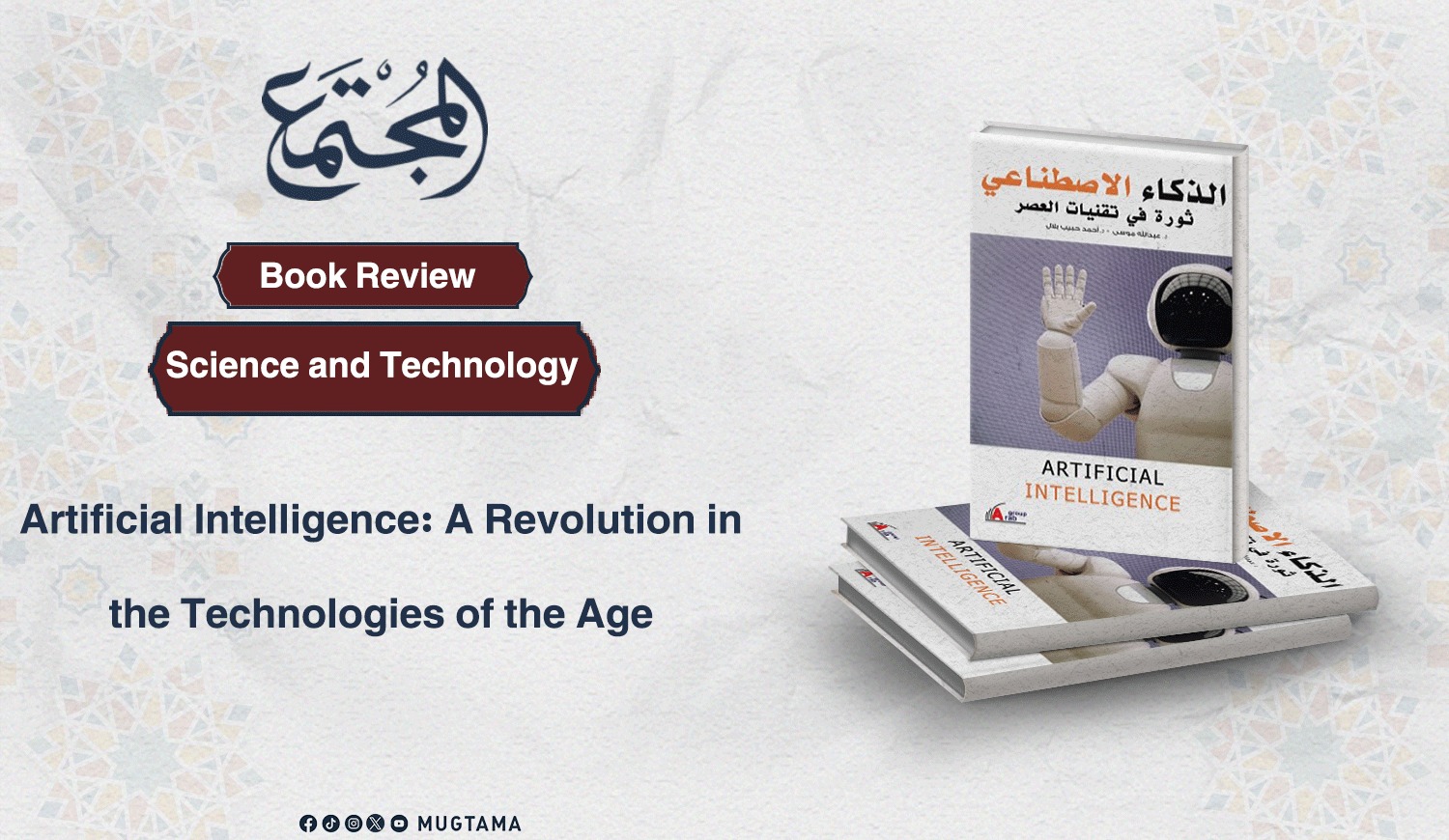Book Review: Artificial Intelligence: A Revolution in the Technologies of the Age

The book “Artificial Intelligence: A
Revolution in the Technologies of the Age” was published in 2019 by Dr.
Abdullah Mousa and Dr. Ahmed Habib Bilal. It covered 18 topics that, in their
entirety, represent the most important dimensions and elements a reader in the
field of artificial intelligence should be acquainted with; thus, it can serve
as a solid foundation to rely upon when speaking about or studying this field.
The book begins by defining the concept of
artificial intelligence, then presents the key terms associated with this
concept, its history, and explains how it was and how it has become, showing
that it did not come out of nowhere.
Artificial
Intelligence: Definition and Origin
The authors started the book by establishing a definition of artificial
intelligence and clarifying its essence, in addition to some related terms such
as algorithms, robots, and machine learning, while also explaining the stages
the concept has gone through until reaching its current state.
The book went on to explain the philosophy
of artificial intelligence, the way it works and thinks, the limits it cannot
surpass, and its various applications in customer relationship management,
medicine, education, smart home management, and so forth. It also delved deeply
into artificial intelligence algorithms, how they work, and their reliance on
neural networks.
Applications
of Artificial Intelligence and Its Future
The authors continued by refuting misconceptions about
artificial intelligence compared to its actual reality, addressing the risks
and challenges facing its technologies, Microsoft’s vision of this concept, as
well as the applications and innovations built upon it. The book also presented
many practical aspects of AI systems such as perception and pattern
recognition, knowledge representation, reasoning, problem-solving, planning,
and decision-making.
The book also explored various fields of
artificial intelligence such as games, natural language processing, expert
systems, vision systems, speech recognition, and intelligent robots. It further
covered expert systems, their advantages, disadvantages, characteristics,
types, and fields of application.
Robotics and
Education through Artificial Intelligence
The authors also addressed robotics and artificial intelligence, explaining the
categories of robots, their components, machine learning for them, and motion
planning. They further highlighted the most notable AI-based games and the
prominent role of AI in education and learning, what it can offer in this
field, and how learners can benefit from its limitless capabilities and its
applications in learning. The authors concluded the book by pointing to the
future of artificial intelligence in education.
-------------------------------------------------------------
Reference:
- Abdullah Mousa, Ahmed Habib: Artificial Intelligence: A Revolution in the
Technologies of the Age, Arab Group for Training and Publishing.
Read Also:
-
Raising
the Next Generation in an AI World
-
Da`wah
in the Age of Screens










